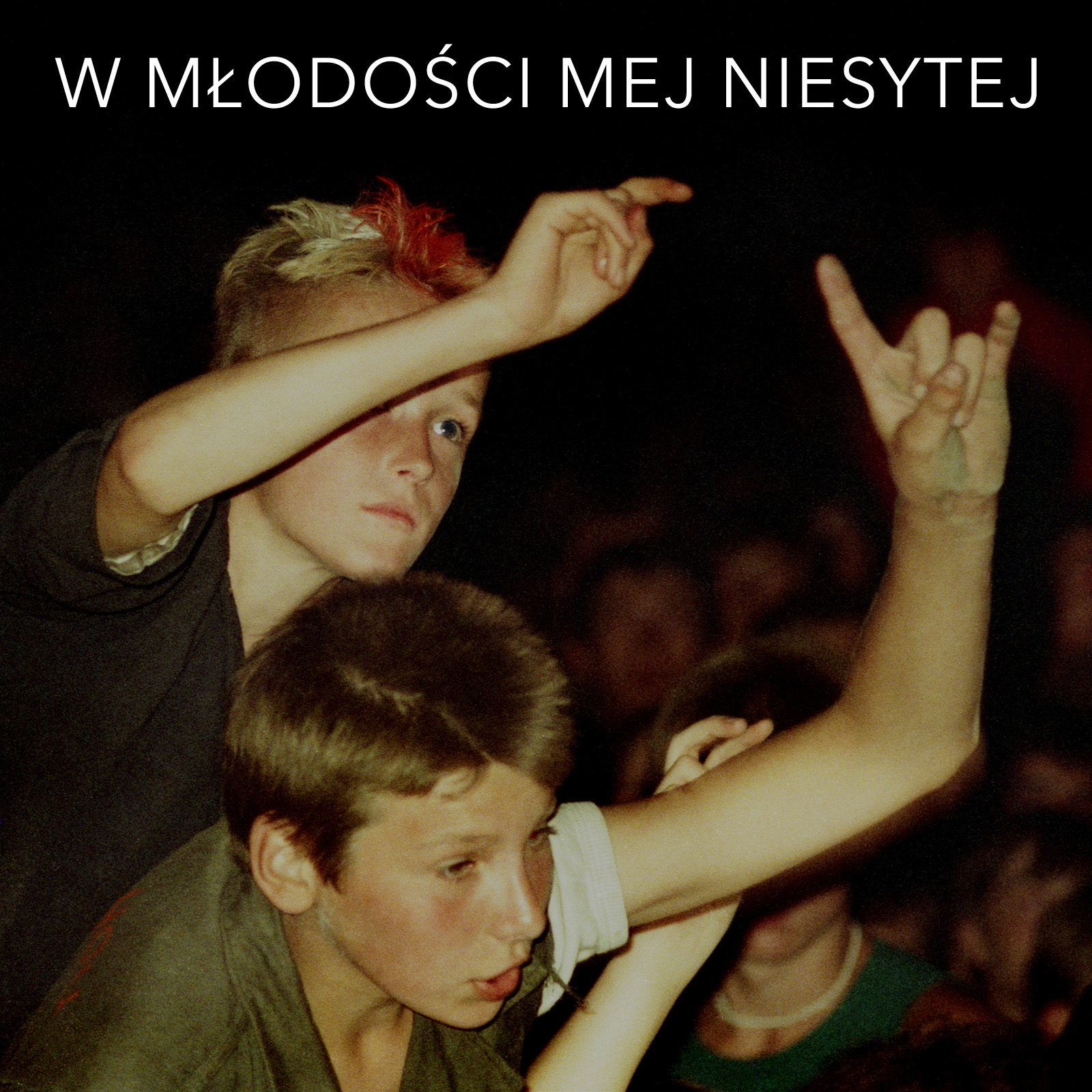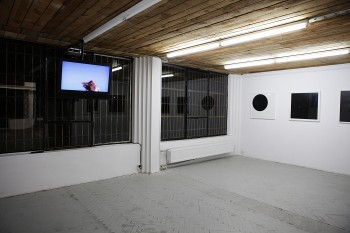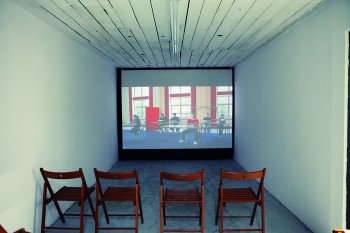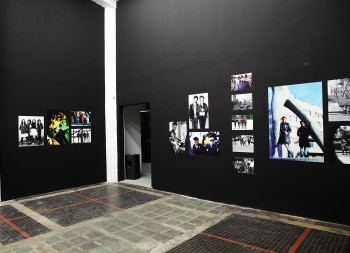
The “In My Youth Unsated” exhibition is a journey in time and space, a trip to the East, taken to the rhythm of music. Its lead characters are young people – from different places and generations – who are unwitting yet active agents of history, vessels of artistic and social change.
Each of the three artists represents a different generation and a different attitude toward the community they accompany. Michał Wasążnik(b. 1956) is a photographer. A pioneer and the major figure in documenting the Polish punk scene of the 1980s, he was also its active member as, among other things, the manager of TZN Xenna. Photos of the independent music scene were the basis for a state exam which gave Wasążnik an official title of “artist photographer” in 1984. Two years later, they also became one of his key reasons for leaving Poland. Presented at this exhibition pictures from his album “Generation” (published in 2010) offer a unique and charismatic inside look at the actors of the 1980s counterculture revolt.
Swedish artist Johanna Billing (b. 1973), whose works we showed at Raster at her individual exhibition in 2007, has come up with her own specific language to reflect on the changes occurring in modern societies. Her films, on the borderline of fiction and reality, are in fact recordings of activities arranged by the artist, with mostly young people from specific places and social backgrounds as lead characters. The film set becomes a kind of spontaneous community, with music, rhythm and – as in the film we show at this exhibition – choreography playing a key role. “I’m Lost Without Your Rhythm” (2009) was shot in the Romanian town of Iaşi and is a record of a contemporary dance workshop conducted with a group of local youths – students and amateurs – and headed by Swedish choreographer Anna Vnuk. The film was recently acquired by the Museum of Art in Łódź for its collection.
Milena Korolczuk (b. 1984) graduated from the Poznań Academy of Fine Arts in 2010. Her works, which are primarily photographs and films, describe the environment of a young artist in a succinct and formally refined manner. On the one hand, they show the universum of art and art history assimilated during her studies and, on the other, the world of her own cultural and generational experiences. The common ground between those two realities is examined in the photographs of the “Black (after Reinhardt)” series (2009) which uncovers the very special kind of dark abyss that is the artist’s hometown of Zabłudów. Here, darkness offers a hiding place, just as art gives young people an escape route, but also a trap which is hard to get out of.
One question seems to be resounding in the background of all the works of this exhibition: what forms a community? Is it the experiences of a generation? Common descent? A youth spent together? Can art (music, photography and film) play a decisive role in this process? What is the manner in which the images provoked and registered by artists determine our own ideas and our memories of personal, casual, social and art-historical relationships? Is it art, with its own codes and forms, that invests our youth with its seductive aura, or is it our youth that seduces and corrupts artists with its vitality?
The title of the exhibition is a verse from a poem by Andrzej Bursa, an artist for whom youth was the only and natural state, who never hardened, never lived his youth through to the end and never got old. His art was cut short when he died prematurely before turning thirty, at a heroic time. His was a poor sort of genius – lyrically and intellectually imperfect – but one that embodied all that lends strength to young age: ruggedness, brutality, beautiful immaturity and extraordinary energy.
In co-operation with:
Robert Jarosz; Hollybush Gardens, London



